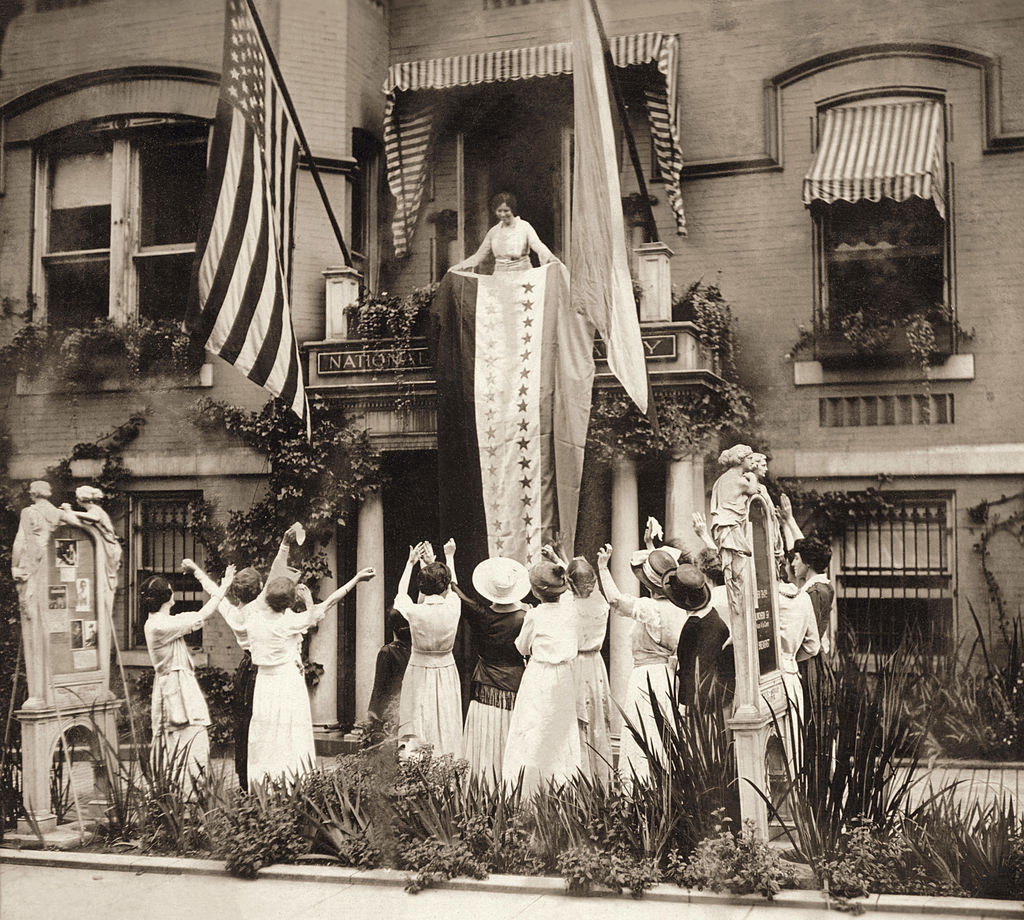
Even a century after Tennessee became the last state to ratify the 19th Amendment on Aug. 18, 1920, there are still a lot of misunderstandings about what that 39-word addition to the Constitution did and didn’t do.
So much of the history that led up to that moment—and so much history was made after—has only been written in recent years and is still being written, especially as scholarship have spotlighted the diversity of the suffrage activists who weren’t mentioned in earlier histories of women’s suffrage.
TIME turned to historians of the women’s rights movement and experts on the suffragists and voting rights activists to debunk some of the top myths and misconceptions about the significance of the 19th Amendment, from the oft-cited birthplace of the suffrage movement to the stories of history’s most famous suffragists.
The Myth: The 19th Amendment guaranteed all American women the right to vote
The reality: After the Amendment was ratified, states passed other laws that disenfranchised women
Many people are surprised to learn that the right to vote—for any American—is not part of the original 18th-century text of the U.S. Constitution. Later Amendments established this right in reverse, by clarifying ways in which it is forbidden to limit the vote. “The right of citizens of the United States to vote shall not be denied or abridged by the United States or by any State on account of sex,” the 19th Amendment clarified.
“The text of the original Constitution does not speak about voting [rights],” says Lauren MacIvor Thompson, a historian of early-20th century law, at Georgia State University. “Yes, there is the 15th Amendment and the 19th Amendment, but they are discussing what the states can’t do to restrict voting based on race/sex [respectively].”
As a result, states tried to get around the Constitutional addition—and the 15th Amendment, which banned restriction of the vote “on account of race”—by passing laws requiring voters to pay a poll tax or take a literacy test, or stripping the vote from women who married an immigrant.
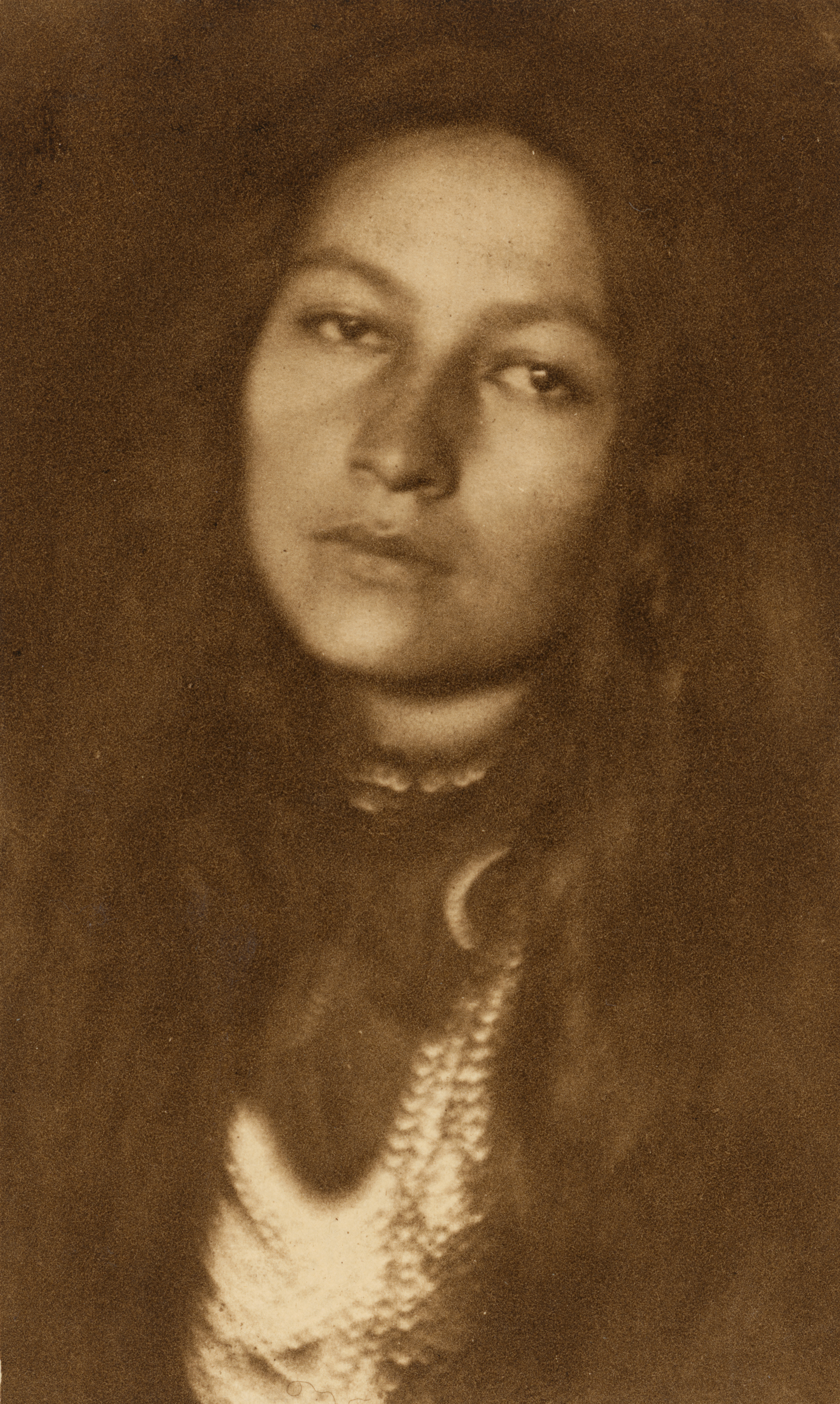
Tests and poll taxes didn’t mention “race” or “sex” but were used to target certain voters, especially African Americans. Violence and intimidation, especially lynchings, also kept people away from the polls. Some registrars even flat-out refused to process the papers, or handed Black women a blank sheet of paper. The same methods of disenfranchisement also held back Latinas from voting in the South. At the same time, laws like the Chinese Exclusion Act of 1882 and the immigration acts of 1917 and 1924 blocked Asian immigrants from citizenship, and therefore, from voting. And even though Native American voting rights activist Gertrude Simmons Bonnin— also known as Zitkala-Sa—lobbied for the Indian Citizenship Act of 1924, which allowed more Native Americans to vote, some Western states didn’t grant Native Americans the right to vote until 1948 (Arizona and New Mexico) and 1957 (Utah).
The Voting Rights Act of 1965 would eliminate many of the obstacles women of color faced voting, but the Supreme Court in 2013 invalidated part of the law’s federal oversight of state obstacles to voting rights. Voting rights activists and policymakers continue to call for updates to strengthen it.
“[The 19th Amendment] is not beginning or the end of a story,” says Lisa Tetrault, associate professor of history at Carnegie Mellon University and author of the upcoming book A Celebrated But Misunderstood Amendment, “but the middle of an ongoing story. It didn’t start women’s voting and did not complete women’s voting.”
The Myth: Women couldn’t vote before the 19th Amendment
The reality: Whether a woman could vote before 1920 depended on where she lived, her race and her citizenship status
In about half of U.S. states—18, such as New York and California—some American women, including Black women, were able to vote in local, state and federal elections, prior to the ratification of the 19th Amendment in 1920, according to the Eagleton Institute of Politics at Rutgers, The State University of New Jersey. Twenty-two states, like Illinois, had partial suffrage, meaning women could vote in certain elections, and only eight states had no suffrage. At least 3,586 women ran for office in the 50 years before 1920, a fact that helped show political strategists that women were a bloc they couldn’t ignore. Those victories were mostly in the new territories in the West, which used suffrage as a lure to attract new residents; more than 750 women were elected to various offices in Kansas before 1912.
Women were also voting before the United States even existed. Women voted in the colonies before they lost the right to vote during the American Revolution, and indigenous women in North America were voting before the European settlers arrived.
“Indigenous women have had a political voice in their nations on this land for over 1,000 years,” Sally Roesch Wagner, historian and editor of the 2019 anthology The Women’s Suffrage Movement, points out. “Women’s rights is not a new concept on this land; it’s a very, very old one. And the clan mothers of the six nations of the Iroquois Confederacy, the Haudenosaunee women, have had political voice for 1,000 years.”
Several important suffragists, including Elizabeth Cady Stanton, Matilda Joslyn Gage and Lucretia Mott, had contacts with Haudenosaunee women and saw them as an example. “I think [seeing the power of indigenous women] made it possible for them to imagine a different way of being and it was so far beyond the vote,” Wagner says.
The Myth: All women wanted the right to vote
The reality: Some women opposed the 19th Amendment
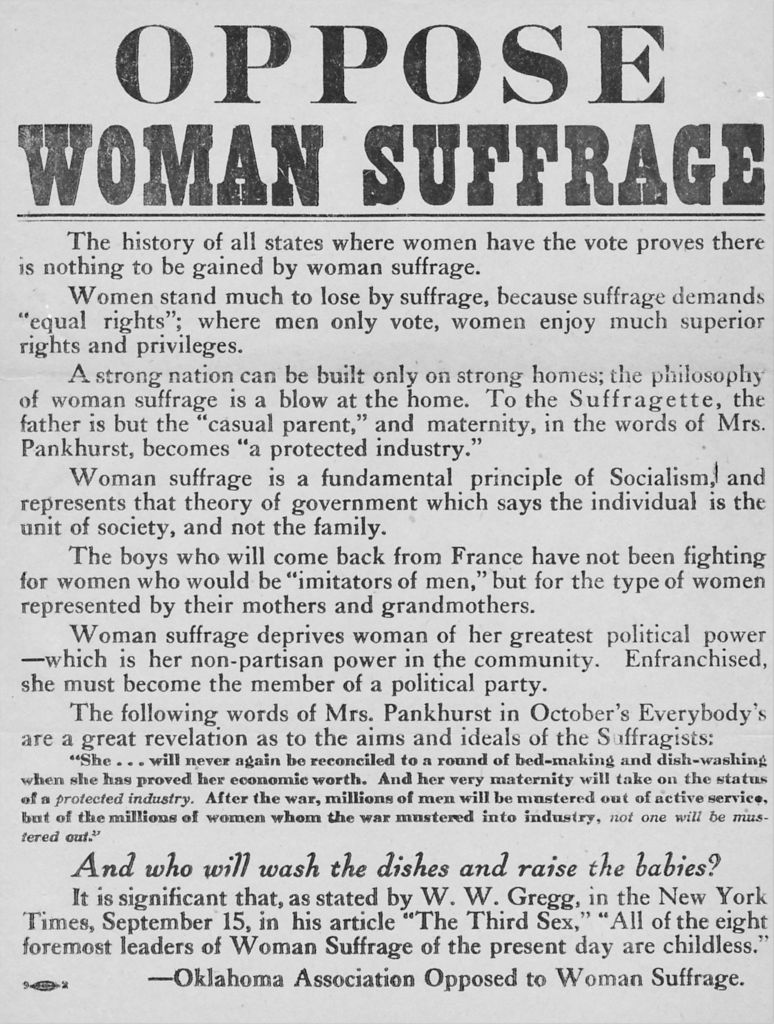
Just as women today don’t represent a single united voting bloc—and don’t always vote for female candidates—some women in the late 1800s and early 1900s opposed extending suffrage.
Some believed voting would distract women from their far more important roles as mothers and wives and “ruin happiness in the home,” says Sally G. McMillen, historian and author of Seneca Falls and the Origins of the Women’s Rights Movement. In addition, amid period of a great wave of immigration back then, McMillen says, some feared the political impact of extending the vote to immigrant women. Many anti-suffragists were upper-class female philanthropists who feared more women voting would threaten their influence.
“Many of them thought that gaining the right to vote would be a loss to them in terms of their power in the family, and their role as the arbiters of moral and social purity,” says Lauren MacIvor Thompson.
Associations taking that side of the argument sprouted up nationwide. In a 1909 publication titled “The Remonstrance,” Boston women argued that the woman of the day was “already overburdened with duties which she cannot escape and from which no one proposes to relieve her.” The New Jersey Association Opposed to Woman Suffrage argued that suffrage logically involves the holding of public office, which is “inconsistent with the duties of most women.”
Others simply thought that suffrage wasn’t the most pressing issue, says Tetrault. Advocates for temperance and birth control thought such matters protecting women’s “bodily freedom” were more important.
The Myth: The most important suffragists were white
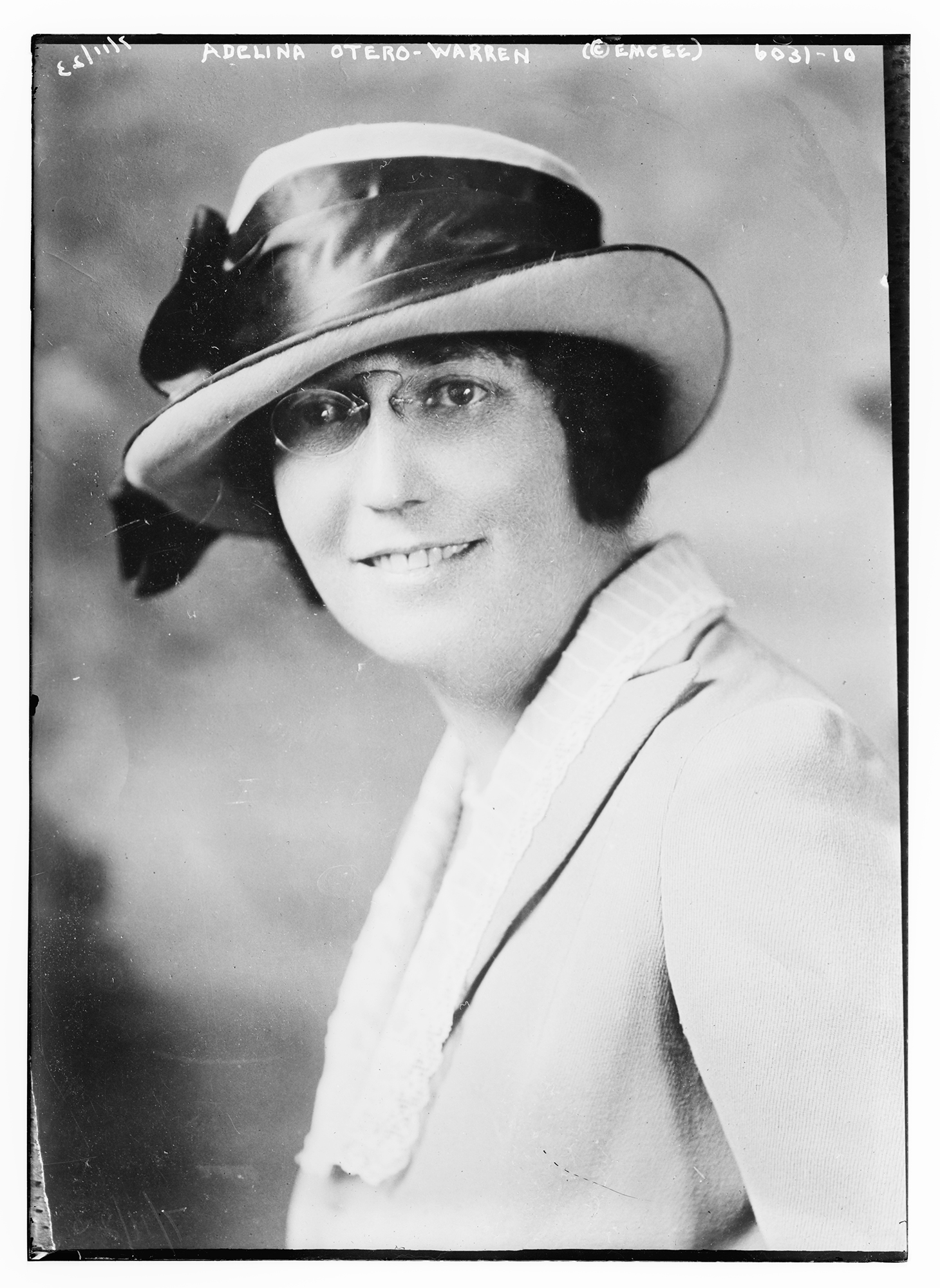
The reality: Women of color played a key role in suffrage movement—but got left out of the retelling of it
One of the clearest examples of the impact of non-white women on the American suffrage movement is Adelina “Nina” Otero-Warren, who lobbied New Mexico legislators to pass the 19th Amendment. According to Cathleen D. Cahill, associate professor of history at The Penn State University and author of the upcoming Recasting the Vote: How Women of Color Transformed the Suffrage Movement, “At the last minute, New Mexico ratification is looking a little bit like it might not go through. Without her, New Mexico wouldn’t have ratified [the 19th Amendment] and without New Mexico, the amendment might not have been ratified because every one of those states was essential.”
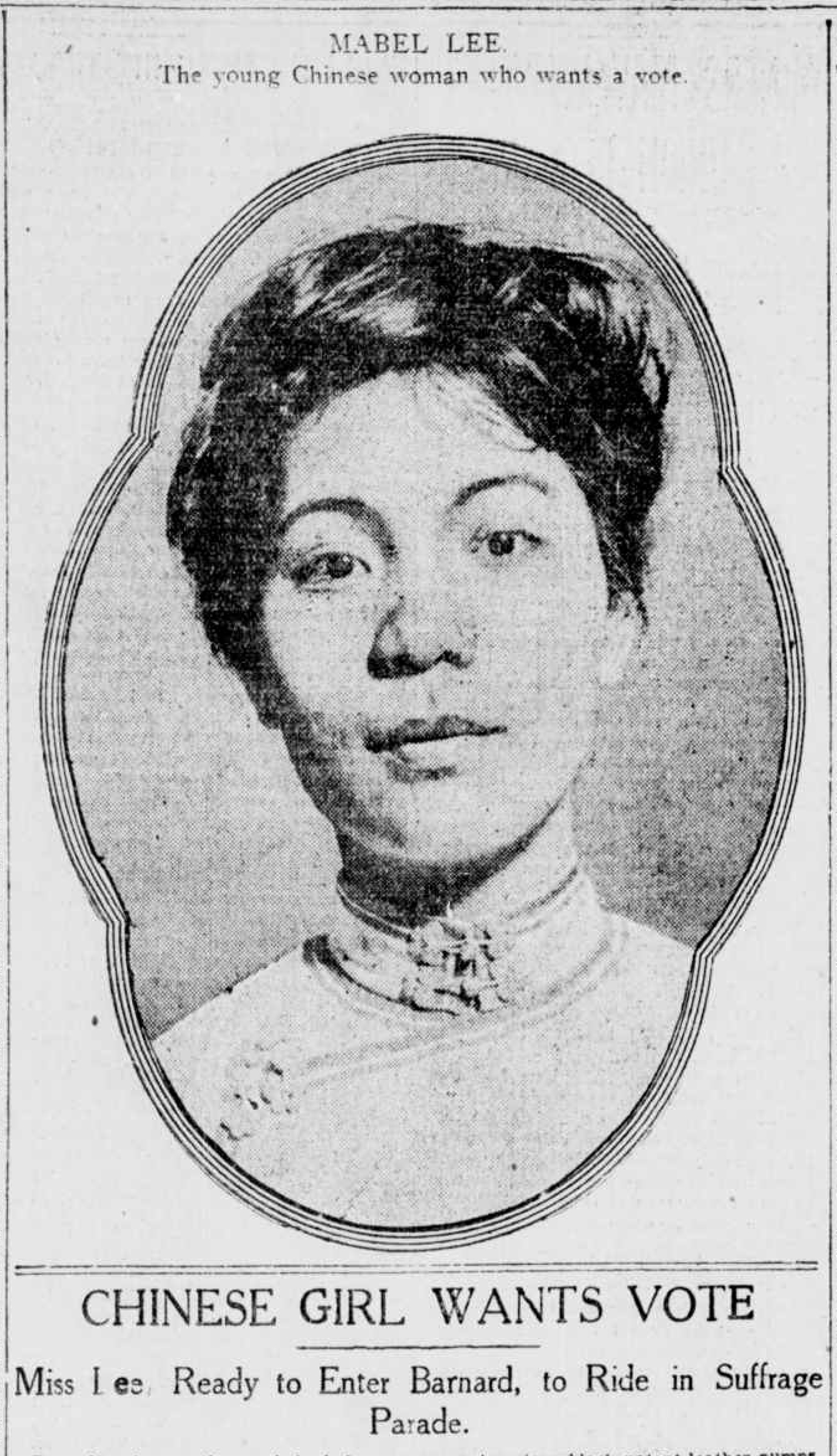
Another example can be seen in Mabel Lee, a 16-year-old incoming Barnard College student and future economist, who was front and center at a 1912 suffragist parade in New York City. At that event, suffragists tried to shame American politicians by arguing that China was going to give women the right to vote before the U.S., following the 1911 revolution that overthrew the empire and established a republic. (In fact, China wasn’t as far ahead as the suffragists thought.)
In recent years, as papers and articles by voting-rights activists have been digitized, the work of previously undersung suffragists is getting a new wave of attention. As historian Martha S. Jones told TIME recently, Black suffragists and other women of color were not always at—or even invited to—white suffragists’ events—so finding their stories requires researching the events they held instead; many of them were not even catalogued as relating to the suffrage movement.
Many suffragists of color were left out of what’s long been considered the definitive history of the 19th century movement, the six-volume series called History of Woman Suffrage. Published between 1881 and 1922, and spanning more than 5700 pages, it features profiles of women who paid for their portraits to be in the book. “Susan B. Anthony herself recognized that this was possibly a problem [and] that by requiring the people whose portraits were in the book to actually pay for those portraits to be in a book would limit the vision, and yet she did it anyway,” says Allison K. Lange, associate professor of history at the Wentworth Institute of Technology. “The women whose portraits became part of that book really are the women that we most often remember today and they’re the women whose portraits are in most archival collections.” (Lange co-curated Truth Be Told, a new site aggregating documents and artifacts about suffragists of color.)
The Myth: American Feminism began at Seneca Falls
The reality: Seneca Falls started to be seen as a turning point only decades later
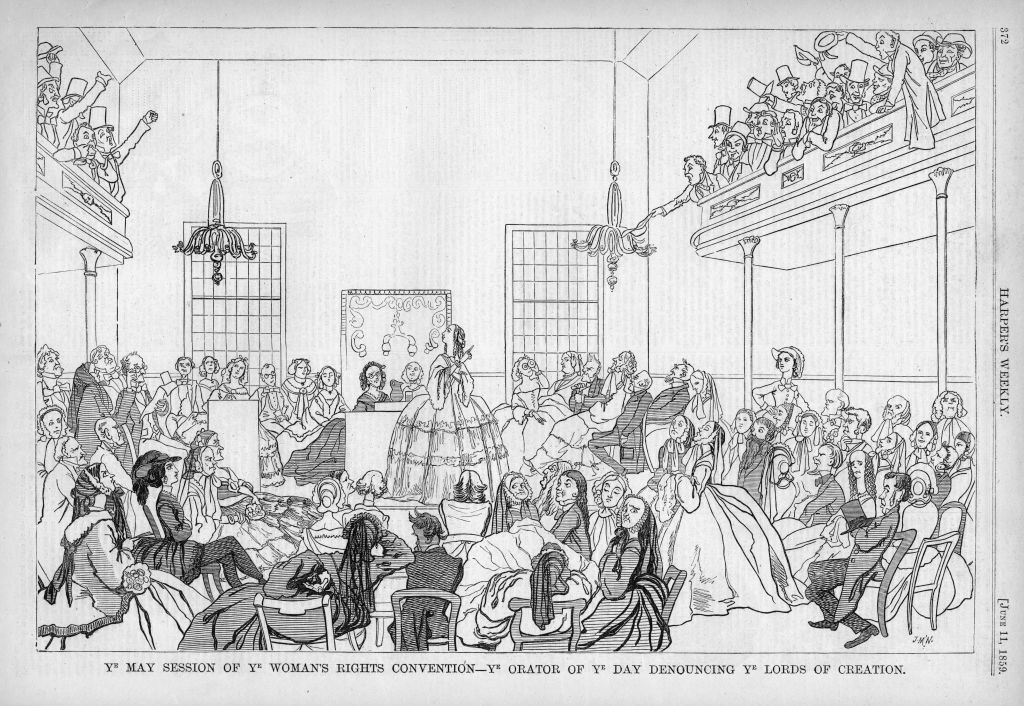
The July 19-20, 1848, women’s rights convention in Seneca Falls, N.Y., is sometimes called “the beginning of feminism.” Scholars today, in the wake of Lisa Tetrault’s The Myth of Seneca Falls, say it’s important to remember when Seneca Falls started being described as the origin of the movement, and why it started being described that way.
Elizabeth Cady Stanton organized the women’s rights convention in Seneca Falls in just a few days, so attendance was mostly local, though 200-300 people did attend. Black women, however, were not present at the event—even though a group of Black women fighting to be licensed preachers had the prior spring made many of the same demands that would show up in the Seneca Falls Declaration of Sentiments.
At Seneca Falls, each of the demands passed unanimously; the right to vote was the only one in danger of failing, until Frederick Douglass backed it in an impassioned persuasive speech. Ironically, two decades later, in 1869, Stanton turned on Douglass by opposing the passage of the 15th Amendment. Some suffragists supported it and some, like Susan B. Anthony and Stanton, thought that Black men shouldn’t get the vote before white women. Douglass countered that Black men needed the vote more “urgently” because of the daily vigilante violence they faced.
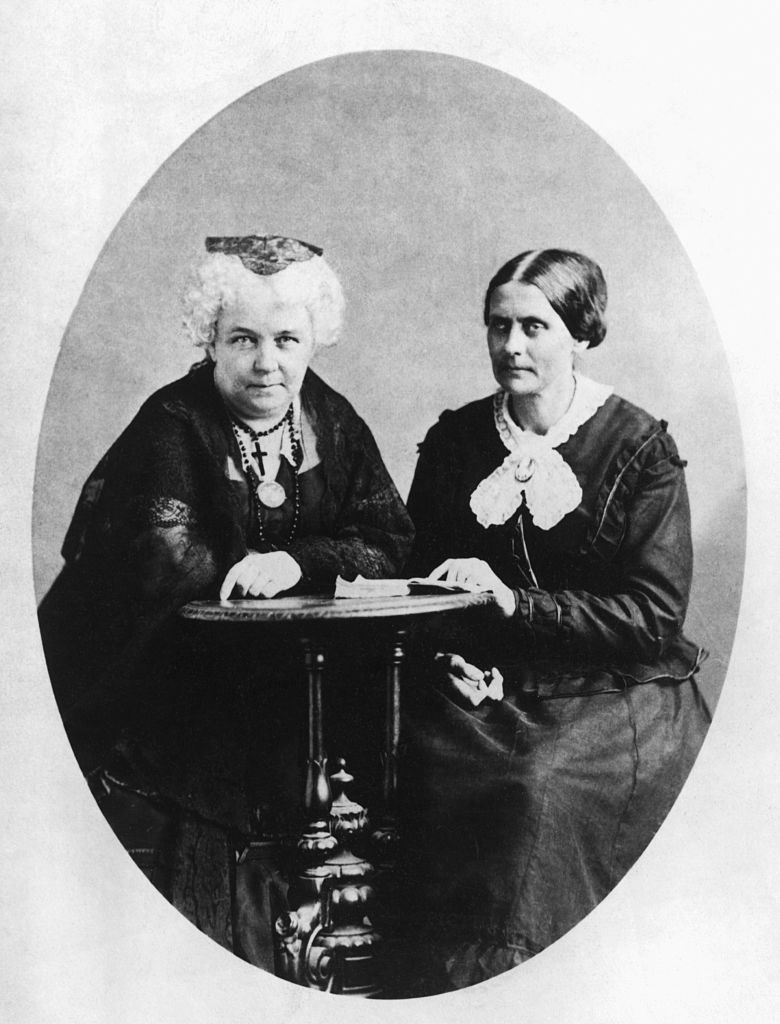
A few months after Congress passed the 15th Amendment, Anthony and Stanton distanced themselves from the amendment’s supporters by starting The National Woman Suffrage Association to advocate for an amendment enshrining women’s suffrage. Their wing of the movement also set out to ensure that their views prevailed in memory of the women’s suffrage movement, coinciding with “a period of intense memory building in the U.S. after the Civil War,” as Tetrault explained on the Professor Buzzkill History podcast earlier this year.
When Victoria Woodhull was jailed for obscenity amid her short-lived 1872 presidential campaign, the two started telling the story of the 1848 Seneca Falls convention to mitigate the “PR disaster” for the suffrage movement. In 1873, they organized a meeting to mark the 25th anniversary of the convention—and in doing so began reshaping both the “official” history of American feminism and the reputation of Seneca Falls, which up until that point had not been seen as a major turning point. Anthony did not even attend the 1848 convention, though she talked about it so much that she’s often mistakenly reported as being there.
Emphasizing Seneca Falls as the birthplace of the suffrage movement also allowed them to exclude from the story a rival who didn’t attend the convention, Lucy Stone—a champion of both a woman’s right to vote and to keep her maiden name—who supported the 15th Amendment and advocated for a state-level approach to suffrage. When The History of Woman Suffrage was written, they further preserved their place at the center of the story.
“A variety of divisions inside the movement put Stanton and Anthony at a defensive position,” Tetrault explained. “We think of them as acclaimed, beloved leaders for the duration of the campaign, but that’s the end of the story read back onto the beginning.”
—With reporting by Suyin Haynes
More Must-Reads from TIME
- Cybersecurity Experts Are Sounding the Alarm on DOGE
- Meet the 2025 Women of the Year
- The Harsh Truth About Disability Inclusion
- Why Do More Young Adults Have Cancer?
- Colman Domingo Leads With Radical Love
- How to Get Better at Doing Things Alone
- Michelle Zauner Stares Down the Darkness
Write to Olivia B. Waxman at olivia.waxman@time.com